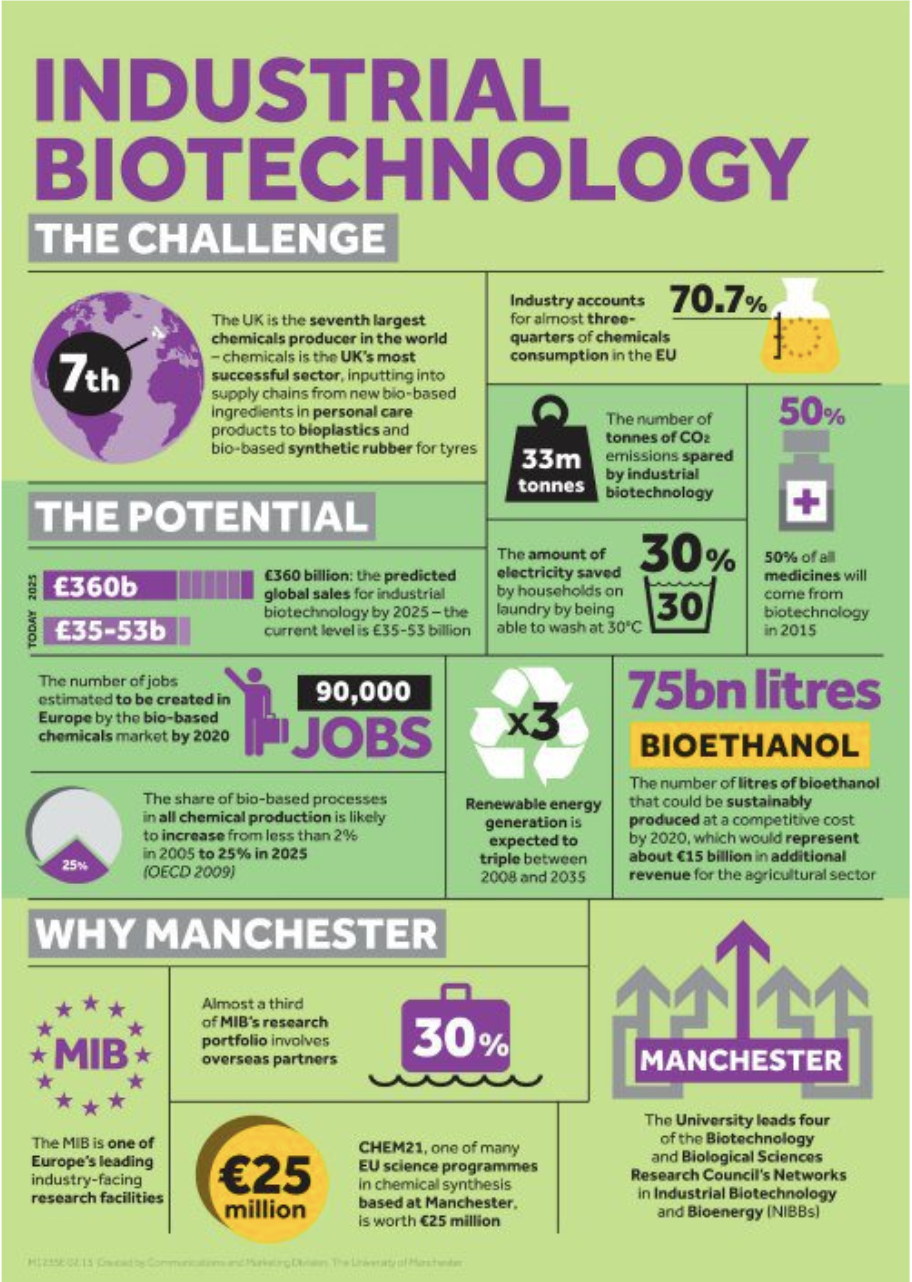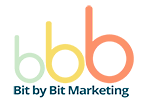In his 1996 essay, Bill Gates famously said that “Content is King.” This statement has since become widely recognised and attributed to him.
There are many, many reasons why content is the lifeline of any communication and marketing plan. A manufacturer needs content in their product brochures to explain the benefits and how the product is to be used. A pharmaceutical needs content to communicate explicitly dosage, when and how to consume the medicine. A school needs high quality content in their teaching materials for its teachers to conduct the classes and age appropriate content for the students.
Content is indeed king (and queen, and prince).
Lee Odden, co-founder and CEO of TopRank Marketing, B2B marketing strategist, author, and international speaker, once said, ‘Content is the reason search began in the first place.’
This statement brings us to the purpose of this article. We will discuss what content is, the types of content, and the strategies and tactics to make content work for your company’s website SEO plan.
Let’s get started.
What is content?
Content is the cornerstone of every marketing plan. When done well, it helps establish a connection with your target audience and fosters trust.
Content is any material that provides value to your target audience. It can be in the form of text written as blog posts, moving visuals rendered as videos, in voice produced as podcasts, or depicted in an image mixed in with data as an infographic.
Different Content Types
Content varies for different fields and areas of business. Brands can be distinguished from one another because each has a unique target audience. Unlike other sectors, some businesses cater to specific age groups, such as teenagers or young adults. These potential customers seeking products or services are crucial for companies, primarily because they often represent first-time buyers. Consequently, the content that businesses produce should be informative, educational, and captivating.
Companies must tailor their messaging to appeal to their specific audience demographics. This approach ensures that the content resonates with potential customers, ultimately driving engagement and sales.
Blog Posts
Blog posts are one of the most effective ways to attract and engage your target audience. They allow brands to share their expertise, showcase their research, and provide valuable information to their audience. Blog posts can cover a wide range of topics, including news about a breakthrough in cancer treatment if you’re in the healthcare industry, your product features and benefits which is applicable in many and most brand types, and many more.
Videos
Videos are a powerful way to communicate with your audience. They allow brands to showcase their new product line up, or your stance about certain trending issues. Videos can be in the form of unboxing, client testimonials, or interviews with subject experts.
Infographics
Infographics are a visual way to present information. They are a great way to showcase data and statistics related to your brand. Infographics can also be a way to add some flair to the ideas you are trying to convey.
For example, the University of Manchester created an infographic to depict the complex topic on industrial biotechnology. Simplifying these kinds of complex topics is one of the most common ways universities can use this format to present information and data like hard facts and figures, which can be a little dry for your audience, like the potential student. So, when pairing them with visuals and colours, the format can help to make them more striking.

Source: The University of Manchester
Podcasts
A podcast is a type of digital audio content that is accessible online and can be downloaded or streamed on various devices. It can be a series of episodes that cover a variety of topics such as news, entertainment, education, and personal development. It can also be a single episode on a specific topic.
Although podcasts as a content medium have been around for two decades or so, it has surged in popularity in recent years due to podcasts’ portability. Podcasts allow listeners to access content at any time and from anywhere, making it easy and convenient to stay informed, be entertained or learn while on the go. As a result, podcast listeners grew from 274.8 million worldwide in 2019, to 424.2 million in 2022.
Social Media Posts
Social media is a great way to engage with potential audiences. Brands can use social media platforms like Facebook, Instagram, and TikTok to share photos and videos of their product, promote their on-going sale, and interact with their audience.
According to Campaign Asia, Singapore ranks 10th globally for social media adoption versus total population. The total number of social media identities as a percentage of Singapore’s population is 85%. And Singapore spends 2 hours, 14 minutes on social media. Imagine how big the opportunity is and the essential need to have presence on this platform where everybody is at in this moment in time.
Summary
Our goal was to expose you to the various types of content formats you may want to consider in your Content Marketing Plan for your brand. Whilst content is a vital tool to drive awareness and increase brand loyalty for your company, it is essential to create content that resonates with your audience and motivates them to interact.
If you create content that is relevant and useful, then your audience will engage with you and take action to contact you. They will also be more likely to share your content on social media and drive awareness about your presence there.


